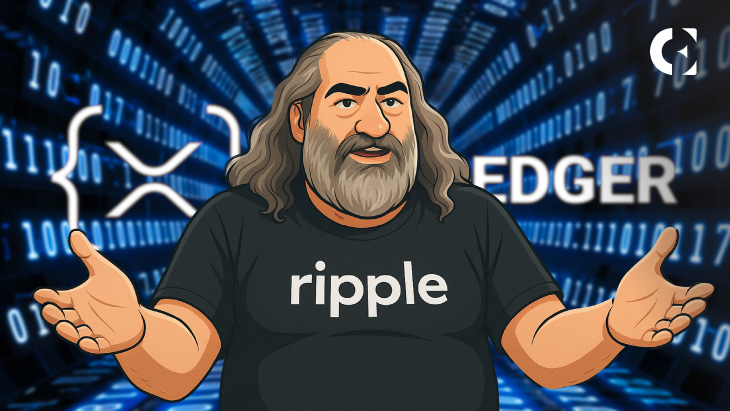- Ripple’s solutions will enable trust relationships.
- The use of cryptocurrency today is a tiny fraction of what it could be.
- ILP enables seamless transfer of value across payment networks.
Ripple’s CTO, David Schwartz, has explained how parties can create trust relationships on XRPL using the ledger’s elements, including XRP and ILP. In a recent thread on X, the Ripple executive noted why he expects institutions to explore the platform’s resources for their benefit.
According to Schwartz, what Ripple has provided through the XRPL was the original vision for trust lines, which dates back to 2004 and Ryan Fugger’s work. He considers it the core concept behind ILP and sees it as a huge win for everyone.
There is more to crypto than what is seen today
Despite acknowledging the potential of trust solutions and their current preference over cryptocurrencies, the Ripple CTO noted that the uses of cryptocurrencies today are a tiny fraction of what they could be. According to him, distributed ledgers providing better solutions even for problems that aren’t solved best with cryptocurrencies will make blockchains more useful for everyone.
Related: Ripple CTO David Schwartz Goes Solo, Launches Independent XRPL Server
In the meantime, Schwartz highlighted Ripple’s goals of enabling digital assets that are without counterparties and jurisdictions. According to Schwartz, such cryptocurrencies are censorship-resistant and would only apply where they provide an advantage, especially in settling transactions across different ecosystems.
XRPL and ILP enable seamless transactions
Using examples, Schwartz explained how parties involved in a transaction can use Ripple’s XRPL and ILP to execute seamless transactions across independent payment networks. According to Schwartz, XRPL or ILP would facilitate the discovery, quoting, payment, atomicity, and accounting.
For context, XRP Ledger (XRPL) is Ripple’s decentralized, open-source blockchain, while the Interledger Protocol (ILP) is an open protocol suite designed to facilitate the seamless transfer of value across different payment networks, both traditional and blockchain-based.
Ripple followers interacting with Schwartz appeared impressed with his explanation and the potential of the network’s technology. They see it as an innovation that could revolutionize the payments industry and simplify how users exchange value in the financial sector.
Related: Ripple CTO: Why a Flood of New Blockchains Proves the XRPL’s Vision Was Right
Disclaimer: The information presented in this article is for informational and educational purposes only. The article does not constitute financial advice or advice of any kind. Coin Edition is not responsible for any losses incurred as a result of the utilization of content, products, or services mentioned. Readers are advised to exercise caution before taking any action related to the company.







